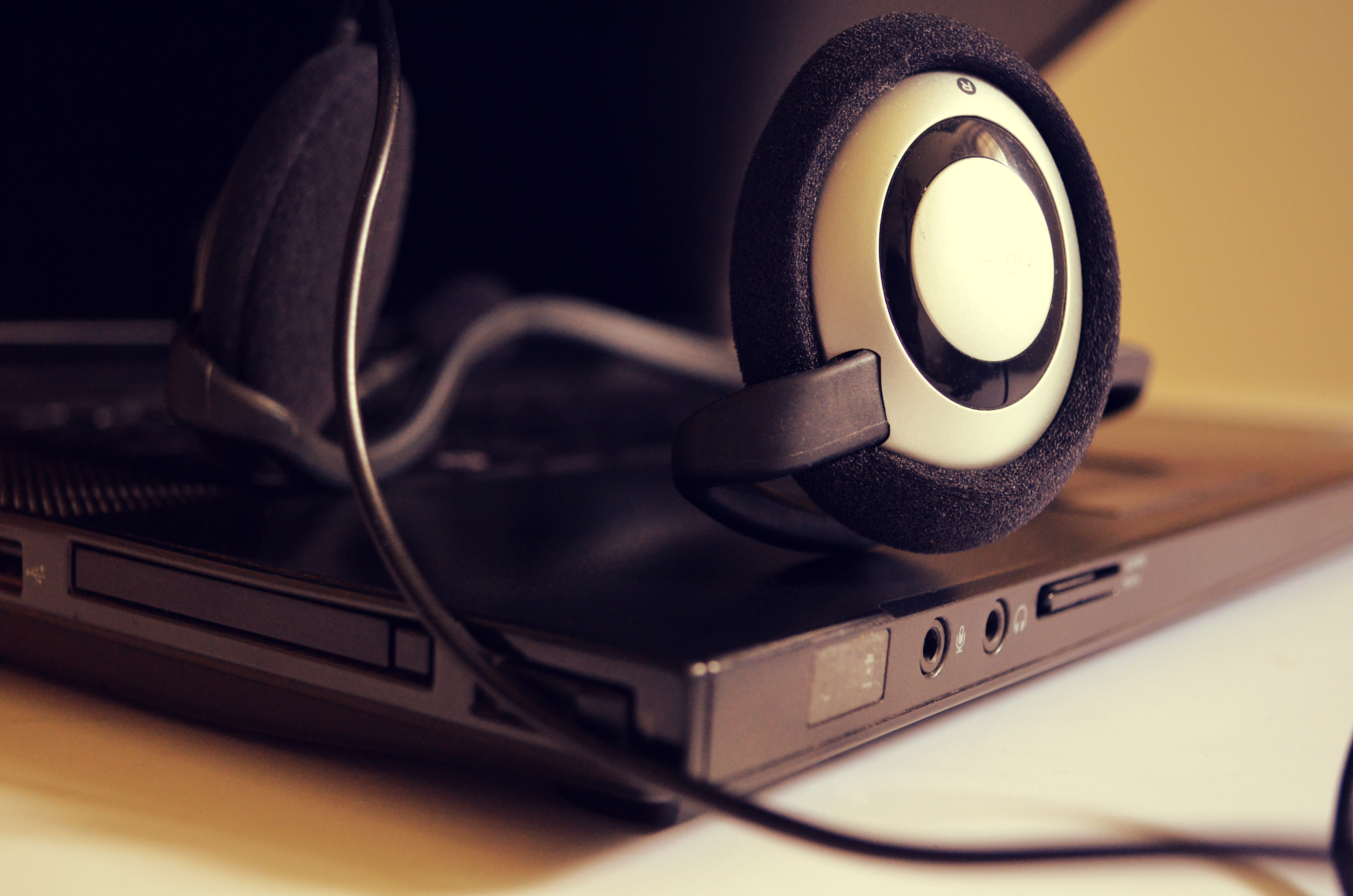The Audio Engineering Society’s Technical Council has released guidelines for loudness in audio streams and online file playback.
Streaming is rapidly becoming a major vehicle for media delivery and as a result, the ways that audio is recorded, mixed, post-produced and delivered have been radically affected. Audio quality has begun to suffer as a result of loudness differences among and within streams, as well as some very high loudness targets, resulting in distortion. Thus, streaming requires a leveling solution based on loudness, with an appropriate loudness target.
Loudness is the listener’s perception of “audio volume”. An audio stream is a continuous transmission to listeners over a network (typically the Internet) that consists of one or more programs presented sequentially. It is analogous to a “radio station” in over-the-air broadcasting. A streamer is a content provider offering a streaming service to customers. Normalization is a method of regulating the loudness to be more consistent for the listener. Network file playback is on-demand download of complete programs from the network, such as podcasts. In this document, the terms stream and streaming take into account network file playback.
These recommendations primarily are intended for “radio-like” mono and stereo streams as opposed to very dynamic stereo and surround sound streams with content such as movies or video specials.

[call_to_action_2 header=”Want help with online streaming?” content=”Contact us for advice and assistance” buttontext=”Click here!” background=”#1b8bd2″ background_hover=”#e84545″ url=”https://southernbroadcast.com/contact/”]

